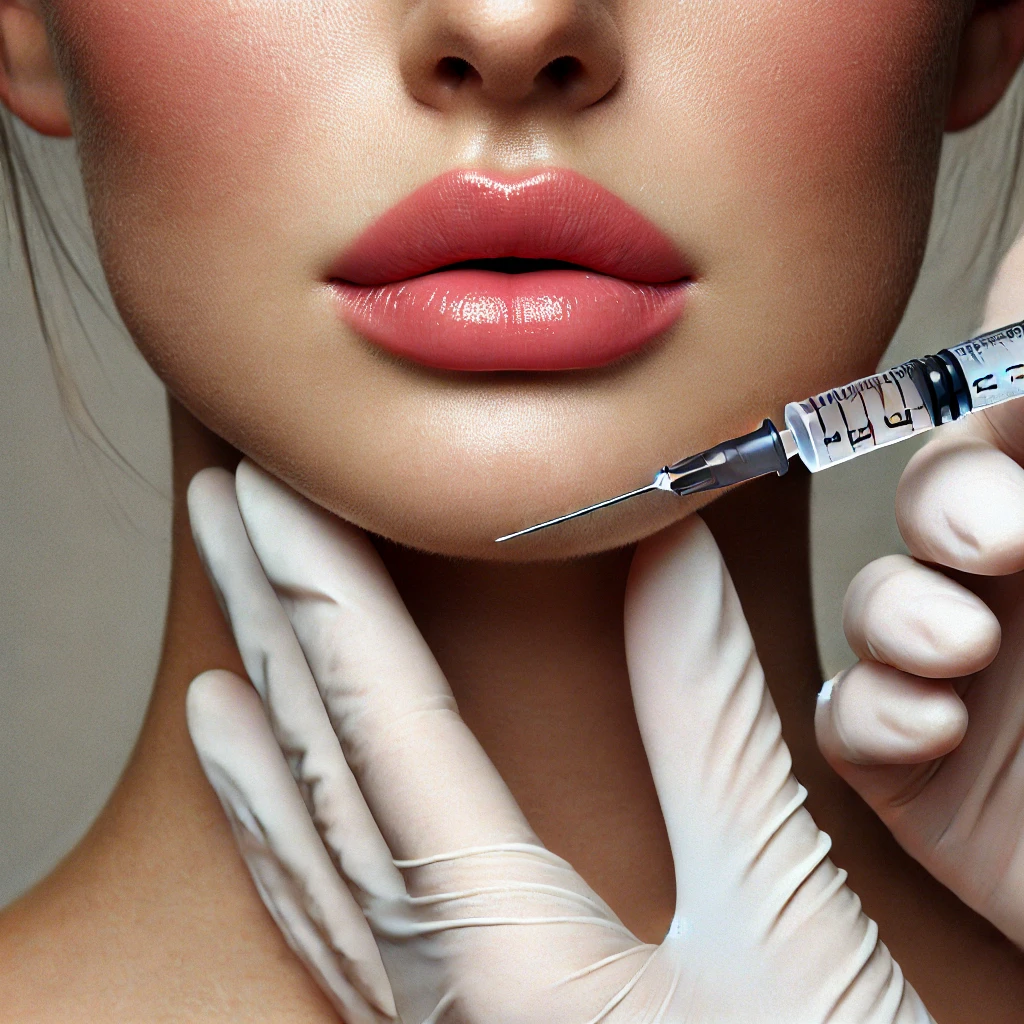Injectables have become a popular choice for those seeking to enhance their facial features or reduce signs of aging without undergoing surgery. While the procedure is quick and relatively painless, one side effect that patients may experience is bruising. Although bruising is usually mild and temporary, it can still be inconvenient and uncomfortable. Fortunately, there are several steps you can take to minimize bruising and ensure a smoother recovery after your filler treatment. In this blog, we’ll explore the best practices for reducing bruising.
Understanding Why Bruising Occurs
Before diving into prevention tips, it’s important to understand why bruising can occur after an injectable treatment. Bruising happens when blood vessels are inadvertently damaged during the injection process. Since the face is highly vascular, it’s not uncommon for a small amount of bruising to occur, especially in areas with thinner skin or more delicate tissues. However, with proper care and preparation, you can significantly reduce the likelihood and severity of bruising.
Pre-Treatment Tips:
- Avoid Blood-Thinning Medications and Supplements: In the week leading up to your filler treatment, avoid taking blood-thinning medications such as aspirin, ibuprofen, and certain supplements like fish oil, vitamin E, and ginkgo biloba. These substances can increase your risk of bruising by affecting your blood’s ability to clot. Always consult with your healthcare provider before stopping any prescribed medications.
- Limit Alcohol Consumption: Alcohol can also thin the blood and increase the likelihood of bruising. It’s a good idea to avoid alcohol for at least 24-48 hours before your treatment.
- Consult with Your Provider: If you are prone to bruising or have concerns about it, discuss them with your provider during your consultation. They may recommend specific techniques or pre-treatment measures to help reduce the risk of bruising.
Post-Treatment Care: - Apply Cold Compresses: Applying a cold compress to the treated area immediately after your procedure can help constrict blood vessels and minimize bruising. Use the compress in 10-minute intervals for the first few hours after treatment.
- Keep Your Head Elevated: Keeping your head elevated, especially while sleeping, can help reduce blood flow to the treated area and decrease the likelihood of bruising. Consider using an extra pillow to prop yourself up at night. This is even more helpful for reducing swelling.
- Avoid Strenuous Activity: For the first 24-48 hours after your treatment, avoid strenuous exercise or activities that increase your heart rate. Increased circulation can exacerbate bruising and swelling.
- Skip the Sauna or Hot Tub: Heat can dilate blood vessels and potentially worsen bruising. Avoid saunas, hot tubs, and hot showers for at least 48 hours post-treatment.
- Use Arnica or Bromelain: Arnica montana, a natural herb, is commonly used to reduce bruising and swelling. You can apply arnica gel or cream to the treated area or take it in oral form (consult your provider first). Bromelain, an enzyme found in pineapples, is another natural supplement that may help reduce bruising and swelling.
- Stay Hydrated: Drinking plenty of water can help your body heal more efficiently. Staying hydrated promotes healthy circulation and supports the recovery process.
- Avoid Blood Thinners Post-Treatment: Just as with pre-treatment, avoid blood-thinning medications and supplements for a few days after your filler treatment unless otherwise directed by your healthcare provider.
- Be Patient: Even with the best care, some bruising may still occur. Bruising typically resolves within a week, and makeup can be used to cover any discoloration in the meantime. If you experience any unusual symptoms or excessive bruising, contact your provider for advice.
When to Consult Your Provider
While bruising is generally harmless and resolves on its own, there are instances where you should reach out to your provider. If you notice severe bruising, persistent pain, or any signs of infection (such as redness, warmth, or pus at the injection site), contact your provider immediately for evaluation and care.
Conclusion
Bruising after filler treatment is a common and temporary side effect, but with the right precautions and post-treatment care, you can minimize its impact. By following the tips outlined above, you can reduce your risk of bruising and enjoy the full benefits of your dermal filler treatment with confidence. Remember, the key to a smooth recovery lies in both preparation and aftercare, so take the time to care for your skin and allow it to heal properly.
If you have any concerns about bruising or the filler procedure in general, don’t hesitate to reach out to your provider for personalized advice and guidance. With their expertise and your proactive care, you can achieve beautiful, long-lasting results.
